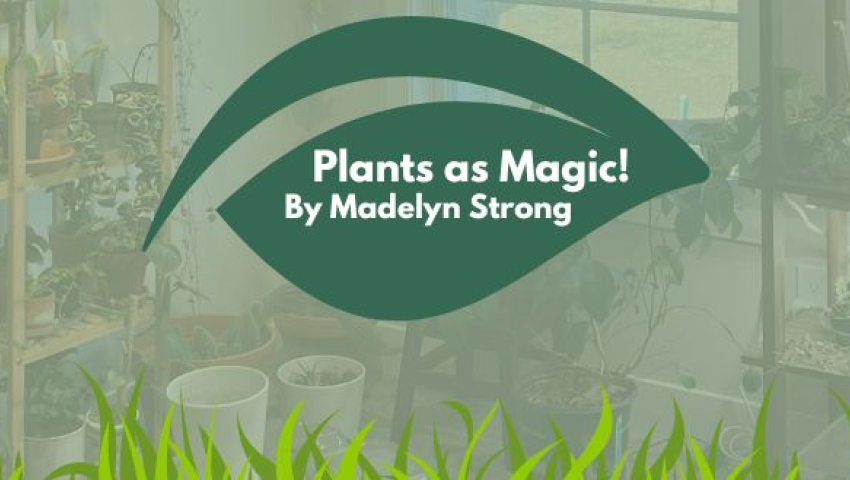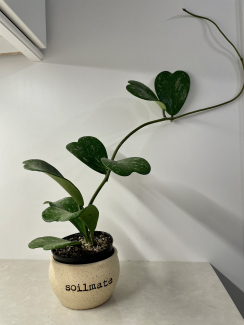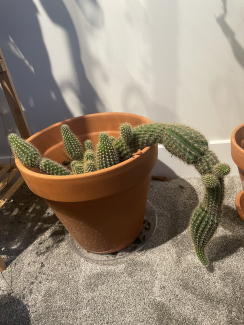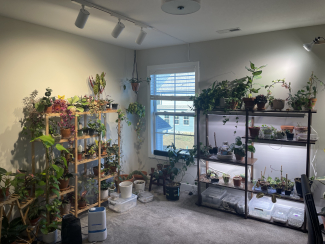Do you recall the devastating nuclear disaster in Chernobyl? Against all odds, guess what was recently discovered in the area? Native plants. Martin Hajduch, a plant biologist for the Slovak Academy of Sciences, conducted a study on soybeans growing near Chernobyl. The soybeans were so resilient, they adapted to the soil conditions and grew despite all odds. Isn’t that incredible? Imagine if we had the strength of a tiny, seemingly insignificant, soybean. Plants are hope!
Other studies have shown the mental and physical health benefits of plants. In a review by Hall and Knuth (2019), emotional and mental health benefits of plants included decreased depression, reduced anxiety and stress, enhanced memory, and improved creativity and self-esteem, to name a few. Native American tribes use sweet grass to promote emotional strength and dispel negative energy. Sensory gardens, sometimes known as healing gardens, are beneficial to individuals living with or without special educational needs. These gardens offer a variety of plants which appeal to all of the senses and promote positive reactions to new sights, sounds, smells and touch.
It’s an odd thing to say I have a kinship with plants, but I DO! They are magical. Want some magic in your life? Grab any kind of seed from your local home improvement store and plant it with a little dirt in a tiny paper cup or empty egg carton. Give the seed a little light, a little water and a lot of patience. The day it sprouts, you will experience the magic! As your plant grows, share cuttings with your friends. You will be amazed at the magic plants create in your life.
There is a quote that comes to mind when I catch my priorities shifting and I am no longer caring for myself, my plants and the Earth. It comes from a fellow member of the Kentucky Wild Ones Chapter, a chapter of the national organization that studies and fights to preserve native plants for the health of our state.
“No matter what you encounter in the years to come, do not forget to look above at the sky and marvel at the clouds and the stars… Look about and note the individuality of every tree - the architecture of its branches, texture of its bark, venation of its leaves. All these things may be oblivious of us, but we do not need to be oblivious of them. This is what we belong to, and what grounds our sense of self.”
Anne Lubber
That, I believe, is magic! Plants remind us to pause and appreciate the details around us. So, what are you still doing here? Go plant a seed. Then, go share the magic of plants with the world!



